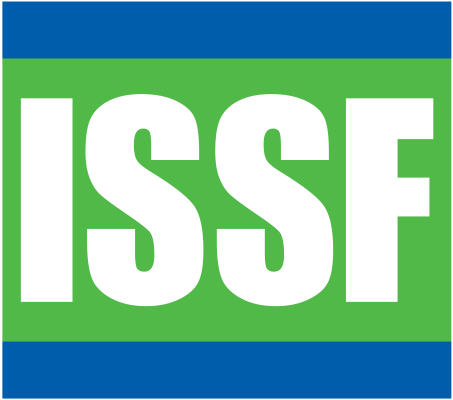Gallery 2.2: FAD Do's
To reduce the amount of marine debris, use natural or biodegradable materials (such as natural fiber rope, palm fronds, and logs). (Photo: FADIO/IRD-Ifremer/M. Taquet)
When assembling the submerged section of the FAD, use materials such as loose rope, small-opening mesh or non-mesh fabric that will not entangle animals.
Use a raft (or equivalent floating portion) that is either uncovered or covered in a non-mesh material that is tightly attached to the raft.
As a temporary step (until more appropriate materials can be located) old tuna fishing nets rolled up in “sausage” shapes and securely wrapped (or melted together) can be used. However this is only an interim step, as the nets can eventually unroll and pose an entanglement hazard.
Example: Non-entangling FAD made with biodegradable sheets
Example: Non-entangling FAD constructed with biodegradable materials including palm fronds cover and small-mesh jute netting (Photo: ANABAC/AZTI)
To discourage turtles from resting on top of FADs, use log-shaped (cylindrical) or spherical floating objects.
Example: Commercially used FAD with raft underwater and net replaced by sheets
Example: Narrow “log style” surface, supplanting traditional raft FAD, discourages turtles from climbing
Example: FAD design substituting net with fabric sheets

